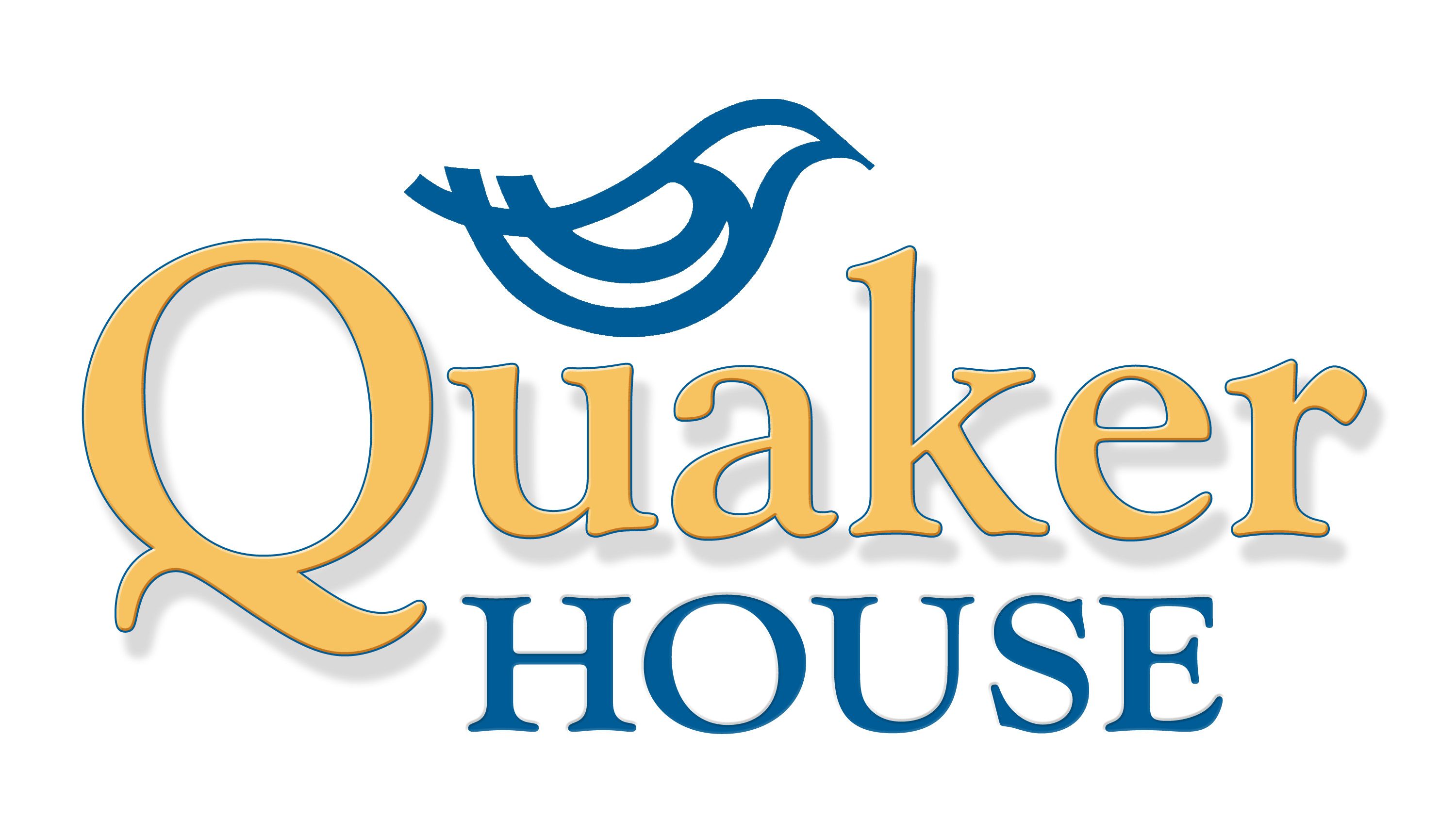Bowe Bergdahl likely suffers with moral injury. Symptoms of moral injury include feelings of shame or guilt for events that are in conflict with a person’s essential inner moral code and that may have occurred outside of that individual’s control. Nonetheless, the person feels responsibility for the outcomes.[1] In charging Bowe with misbehavior before the enemy,[2] the government placed, squarely on Bowe’s shoulders, the sole responsibility[3] for severe injuries of three soldiers (one of whom was shot through the head and is now in a persistent minimally conscious state, requiring 24-hour nursing care) as well as the death of the military dog, Remco,[4] who was shot in the head during one of the search and rescue missions.
Not only did the government argue energetically and persistently that Bowe was directly responsible for these injuries, but Bowe was in court, listening to the circumstances surrounding the injuries and to the detailed accounts of the after effects of these injuries. At one point, we saw a video that was recorded by a camera worn by one of the team leaders as a search and rescue operation was just beginning. As the video played, we heard the team leader say, “Someone is going to be injured or killed, all because some kid decided to wander off.” Similar statements were repeatedly made throughout the hearing by various witnesses. The sense of responsibility for the well-being of fellow soldiers is strong within military units. In hindsight, Bowe knows, in graphic detail, that rather than helping his fellow soldiers (something powerfully strong in his own moral code), his decision put them in greater danger. This is the type of dissonance that leads to moral injury.
In his guilty plea, Bowe accepted responsibility for leaving his post and for the aftermath of that fateful decision. However, the full picture is a bit more complex. At the time that these soldiers were injured, Bowe was shackled hand and foot, and he was likely already in Pakistan.[5] He neither pulled the triggers that injured these soldiers, nor could he have prevented those injuries once he was captured by the Taliban and held by the Haqqani Network. However, it would not be surprising if he internalizes intense guilt and shame for these events and their ongoing effects. This is moral injury, and it can be devastatingly relentless in its hold on and destruction of an individual.
Bowe should be able to receive the mental health and physical medical care that he needs for his experiences as a prisoner of war. We, the American people, placed him in a combat zone in Afghanistan, and he was tortured for almost five years specifically because he was an American service member. We owe him that.
~ Kindra Bradley, Quaker House Executive Director
[1] Litz, B.T., Stein, N., Delaney, E., Lebowitz, L. et al. (2009) “Moral Injury and Moral Repair in War Veterans: A Preliminary Model and Intervention Strategy.” Clinical Psychology Review 29, p. 698.
[3] During the sentencing hearing, the defense team presented evidence of other causal factors that should be taken into account when assigning responsibility for the injuries that occurred. Intelligence analyst Amber Dach was permitted to give brief testimony that from July 2009 to September 2009 was the only period in her 16-year career in which constraints were placed on what she and her team could officially include in reports to be shared with the military command structure. One of these constraints was that all information had to have two corroborating independent sources. She testified that, during that time period, she felt that her team was restricted from giving their honest assessments in these official reports, due to this constraint. The implication from her testimony was that her team had credible information that Bowe had already been moved to Pakistan, but because it had not been corroborated by an additional separate source, she was forbidden from sharing that information.
In addition, due to forces already stretched too thin in numbers and due to the increased tempo of search and rescue operations (now known to be without any chance of success if Bowe was no longer in Afghanistan), some teams were pulled together from wherever personnel could be found. One such team was led by an Air Force intelligence office–for a ground search and rescue mission. When he received orders to put together a team and he informed his command that all other team members were already gone with other units on other missions, he was told to find people and go. A National Guard unit was passing through his area on the way to its assigned area, and he pulled members from that unit for the mission.
The purpose of this footnote is not to shift blame to any one person or entity, but to show that blame for the injuries suffered by soldiers involved in search and rescue operations should be distributed across a complex web of factors and decision-makers—not solely on Bowe Bergdahl and his one terrible decision. In fact, as individuals and as citizens of this country, we also share some of the responsibility for what happened because our government is supposed to be responsive to our dictates, whether we are informed and voice our desires or not.
[4] See blog post “Bergdahl’s Compassion for Animals Now a PTSD Trigger” for additional information about the gravity with which Bowe likely also views this death. There was detailed testimony from a Senior Chief Petty Officer James Hatch about seeing Remco get shot in the head and the efforts to revive him during medical evacuation on the helicopter (“his jaw was blown off”). In addition, Remco’s vest was presented in court as demonstrative evidence to show how it was damaged when it was cut off of him (responsibility for destruction of military property is included in the misbehavior before the enemy charge).
[5] See footnote 3.
